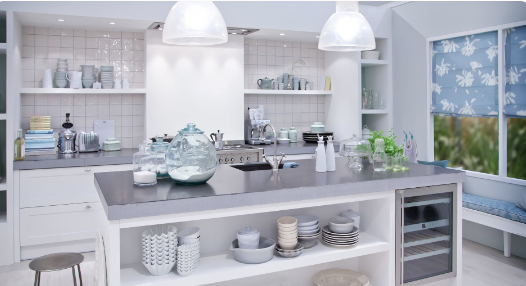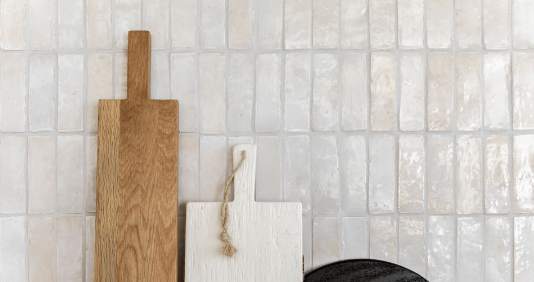Why Didn’t My House Sell?
/There is nothing more frustrating for a seller than to watch houses around them sell like hot cakes while theirs lingers on the market. Finally, when the listing expires, they find themselves asking why? Why didn’t my house sell? In a robust housing market like we’ve had the past few years, the good news is there are some common reasons why a home doesn’t sell. If you find yourself in this position, ask yourself these questions, and then correct them and relist them.
· Did You Stage Your Home? We’re not talking about expensive services that bring in all new furniture here, but you do need to make your home attractive. The basic “curb appeal” rule still applies, even in a “sellers’ market.”
· Did You Limit Access? When homes are moving quickly, it’s tempting to assume every home will get multiple offers. But buyers still want to view the home before making that offer, if your home is difficult to see, you will lose potential buyers.
· Did You Price Your Home Correctly? Setting the right price is always important. Even when prices are rising, an unrealistically high listing price will cause buyers and their agents to ignore the home.
· Did You Hire The Right Agent? Sometimes, it really is the agent’s fault. The right agent will properly market the home, communicate frequently, offer advice about price/offers, and make themselves available. They should be giving feedback throughout the process about adjustments to ensure that the home is seen and is appealing to potential buyers.
If you answered “no” to these questions, then relisting may be a great option. Make the changes you need to, and then relist the property. This time, you may not need to ask yourself, “why didn’t my home sell”?





















